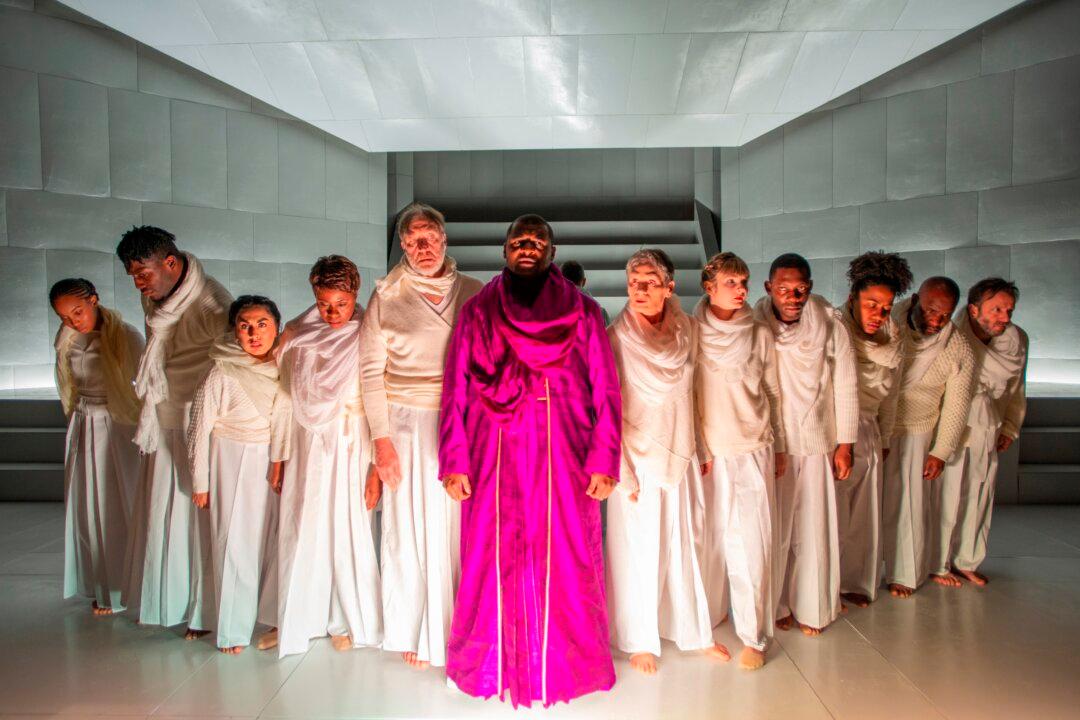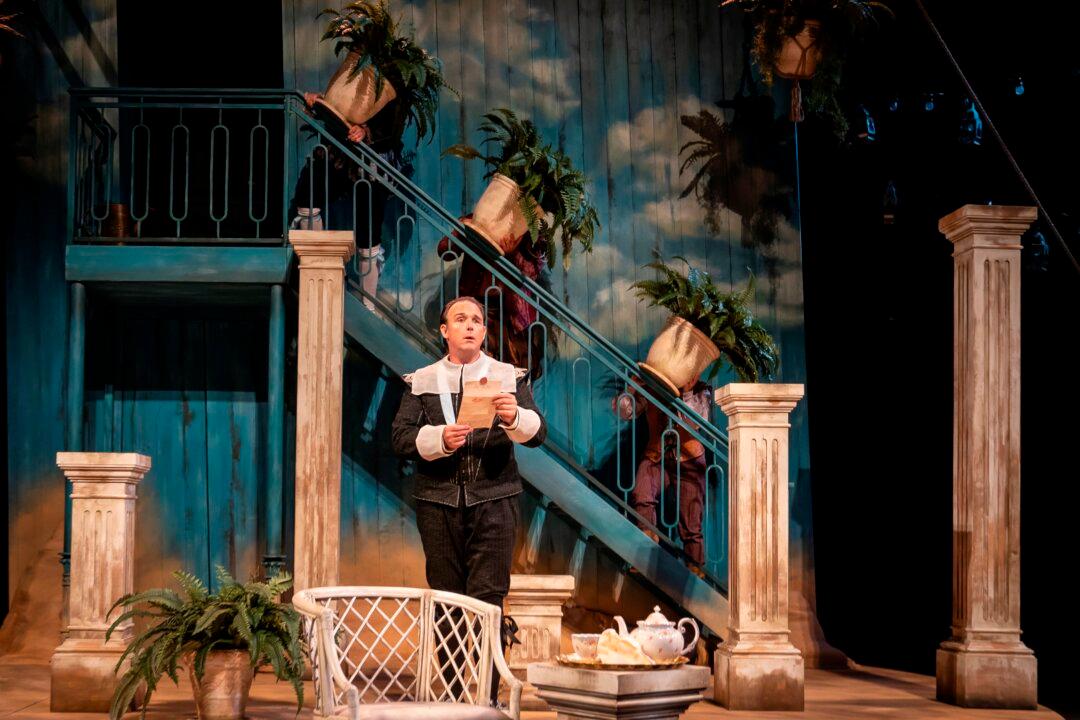Paul Jacobs, the only organist to ever win a Grammy, believes that the classics transform humanity’s inevitable pain and give it meaning. It is the beauty of the classics that carry out this alchemy.
We naturally shun pain. But through art, beauty first attracts us, holds us, and allows us to contemplate that which otherwise we likely would not look at. And as we meet suffering through art’s transformative power, pain not only gains meaning, but also purpose. We have not suffered in vain, Jacobs said.





